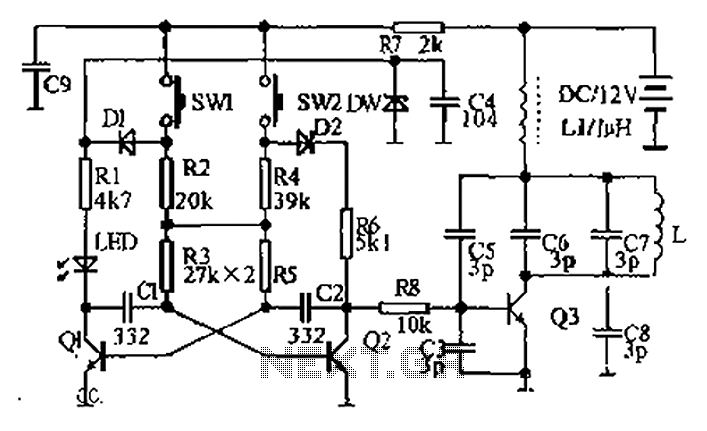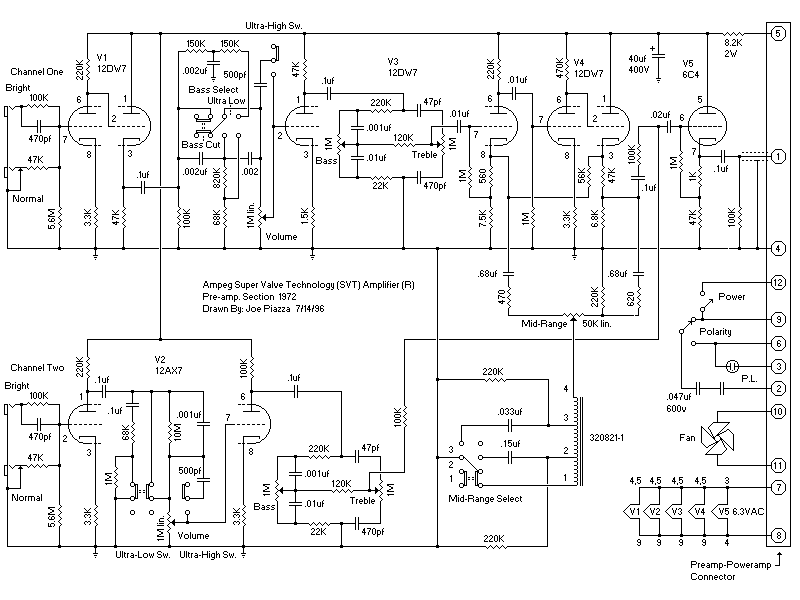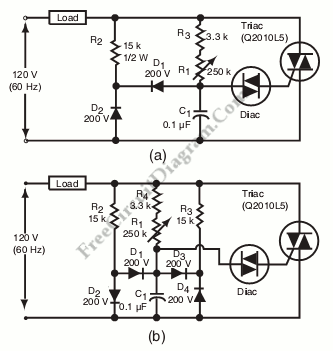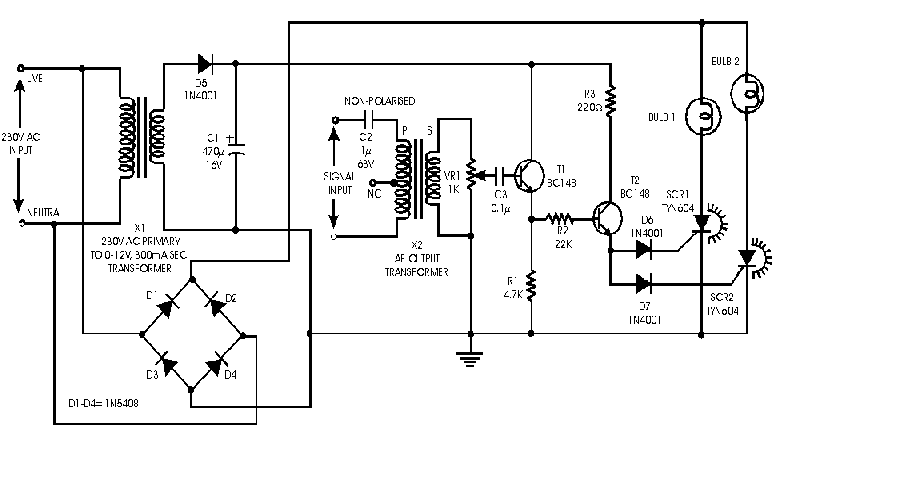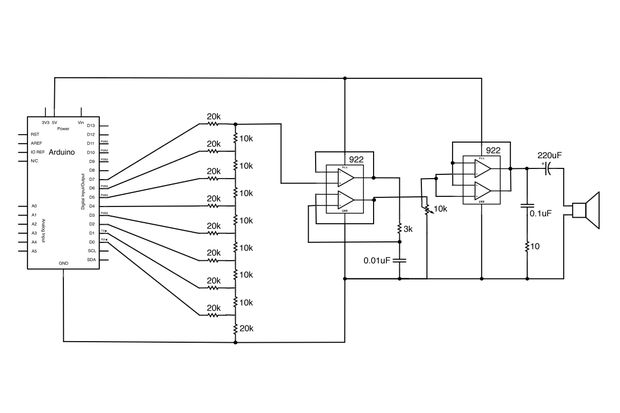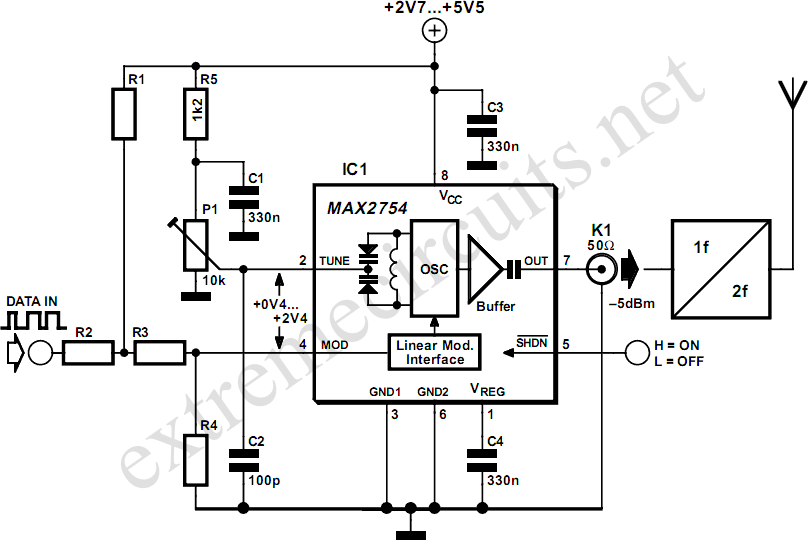
TEA6320 Multichannel Audio Selector and Volume Control
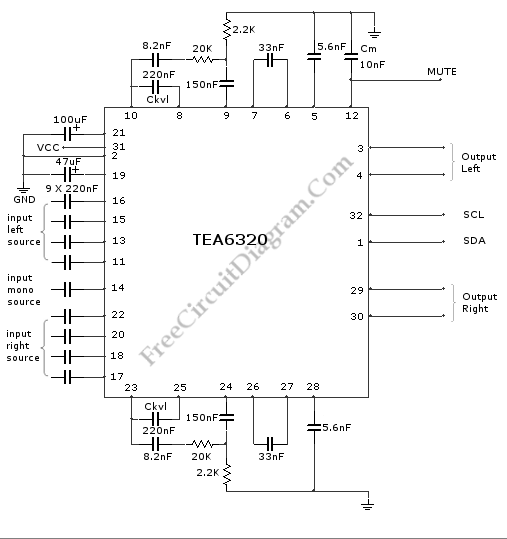
High-end audio equipment is typically controlled digitally by a microprocessor (microcontroller) system. It is necessary to have a digital interface that allows for effective communication and control.
High-end audio systems utilize a microcontroller to manage various functionalities, enabling precise control over audio processing, signal routing, and user interface interactions. The microcontroller serves as the central processing unit, executing algorithms that optimize audio performance while managing inputs from various sources, such as digital audio players, streaming services, and traditional analog devices.
A digital interface is essential for facilitating communication between the microcontroller and other system components. Common interfaces include I2C, SPI, and UART, which allow for efficient data transfer and control signals. These protocols enable the microcontroller to send commands to digital-to-analog converters (DACs), audio processors, and user interface elements such as displays and buttons.
The schematic of a high-end audio system would typically include the microcontroller connected to these various components through the aforementioned digital interfaces. Power supply circuits must also be included to ensure stable operation of the microcontroller and peripheral devices. Additionally, proper grounding and shielding techniques should be implemented to minimize noise and interference, which are critical in high-fidelity audio applications.
In summary, the integration of a microcontroller with a robust digital interface is fundamental in the design of high-end audio equipment, ensuring precise control and high-quality audio output.High-end audio equipments are normally digitally controlled by a a microprocessor (microcontroller) system. It?s necessary to have? digital interface that. 🔗 External reference
High-end audio systems utilize a microcontroller to manage various functionalities, enabling precise control over audio processing, signal routing, and user interface interactions. The microcontroller serves as the central processing unit, executing algorithms that optimize audio performance while managing inputs from various sources, such as digital audio players, streaming services, and traditional analog devices.
A digital interface is essential for facilitating communication between the microcontroller and other system components. Common interfaces include I2C, SPI, and UART, which allow for efficient data transfer and control signals. These protocols enable the microcontroller to send commands to digital-to-analog converters (DACs), audio processors, and user interface elements such as displays and buttons.
The schematic of a high-end audio system would typically include the microcontroller connected to these various components through the aforementioned digital interfaces. Power supply circuits must also be included to ensure stable operation of the microcontroller and peripheral devices. Additionally, proper grounding and shielding techniques should be implemented to minimize noise and interference, which are critical in high-fidelity audio applications.
In summary, the integration of a microcontroller with a robust digital interface is fundamental in the design of high-end audio equipment, ensuring precise control and high-quality audio output.High-end audio equipments are normally digitally controlled by a a microprocessor (microcontroller) system. It?s necessary to have? digital interface that. 🔗 External reference
